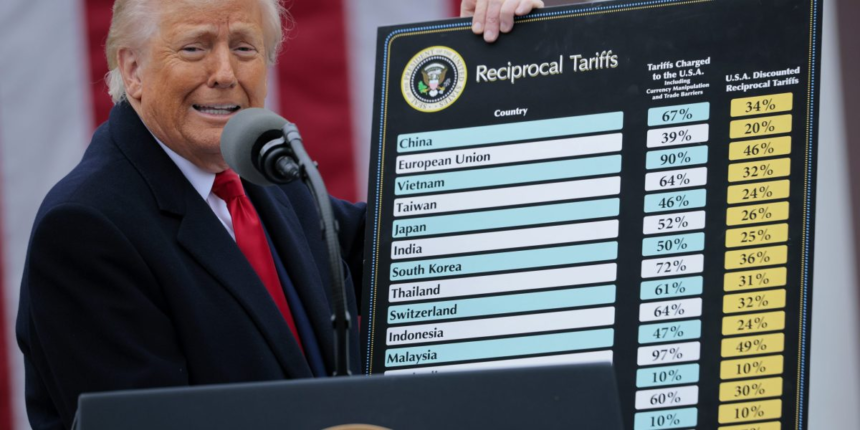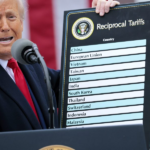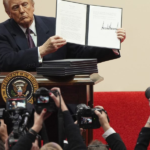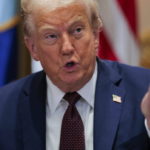The countdown to the 90-day freeze on sweeping Liberation Day tariffs expires next week, and President Donald Trump’s administration is a far cry from its “90 deals in 90 days” goal.
“Time’s ticking to get deal frameworks in place,” Wedbush Securities Senior Equity Research Analyst Dan Ives told Fortune. “Even though the market has shrugged it off, for businesses that operate every day, there’s massive unknowns and a lot of white knuckles. It’s a key week and a key few months ahead [for] tariffs.”
“In the end, however, we expect any ratcheting-up of the tariffs to be short-lived. Other countries will respond forcefully; they all saw Mr. Trump fold to pressure from China in May,” the Pantheon economists wrote. “The weaker economic backdrop compared to April and the further decline in the president’s approval rating since then also suggest an eventual climbdown is likely.”
Some experts even anticipate little change as the deadline approaches, as current pacts with major trade partners still need to be refined.
“So far we have a tiny number of agreements which are themselves not very detailed,” UBS Chief Economist Paul Donovan told Fortune in an email Thursday. “The Chinese ‘agreement’ is simply a partial de-escalation of an unsustainable deal. The UK ‘agreement’ is partially implemented with plenty of disagreement on the outstanding details. The deadline is likely to serve as a point from which further extensions or continuation of negotiations will be announced.”
Trump’s credibility in question
Markets have grown accustomed to Trump walking back on extreme tariffs threats. Now, experts say Trump’s next moves will inform whether countries in negotiations with the U.S. have a similar mentality.
“[Trump] certainly doesn’t want to be accused of chickening out because it would hurt his credibility in any future negotiations,” Thierry Wizman, Macquarie Group financial markets economist, told Fortune. “The focus is always on showing that he can in fact cut you off.”
Wizman does expect some deals to be announced, though, which he says will be touted by the administration.
“Trump can always come out and say, ‘We have a deal,’ but it will be a deal that’s very narrow in scope. So they’ll segregate the things that they have agreed on and say that’s a deal like with China,” Wizman said. “There’s a whole bunch of ways this can go right, and it’s also a whole bunch of ways it can be spun.”
Experts say to expect continued talks past July 9 with many major trading partners like the EU.
“The deadline is probably not going to change very much—mostly the status quo will be retained while negotiations continue with more or less vigour depending on the importance of the bilateral relationship,” UBS’ Donovan wrote, “Uncertainty about the ultimate outcome will persist. If there is any attempt to escalate, investors are likely to shrug their shoulders and wait for U.S. President Trump to retreat.”
Trade with China
China accounts for about 37.6% of U.S. imports this year, according to supply chain intelligence platform project44. This is a 0.1% increase from 2024.
Still, Wizman says whatever trade agreements to come in the near future may look to lock out China from moving capital in and out of other countries’ supply chains. He says this may be a focus in trade agreements with countries like Japan, South Korea and the EU.
“If you can get these countries to depend on bilateral trade with the U.S. and depend less on China, then you basically bolt these countries into the U.S. orbit permanently,” Wizman said.









